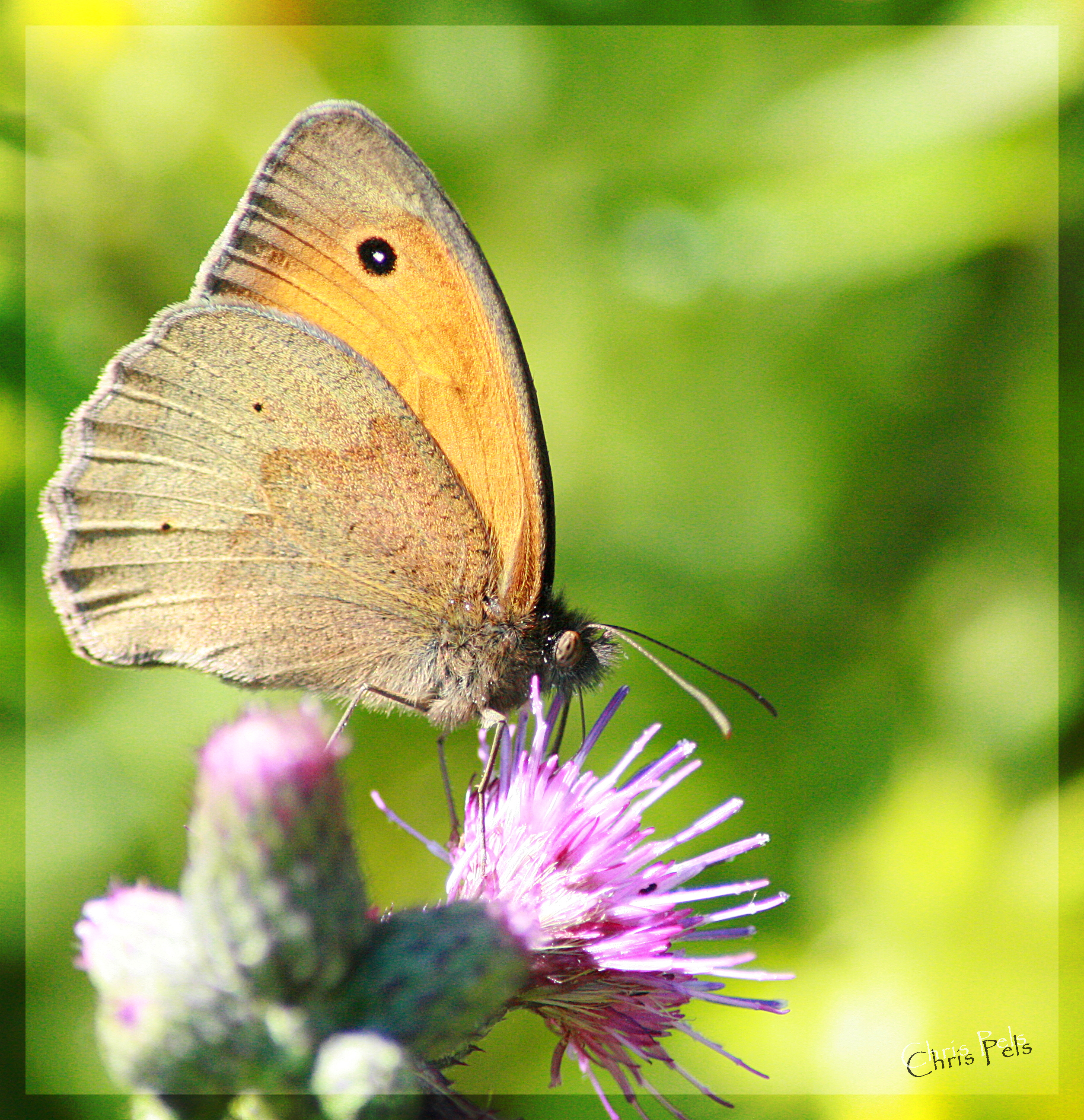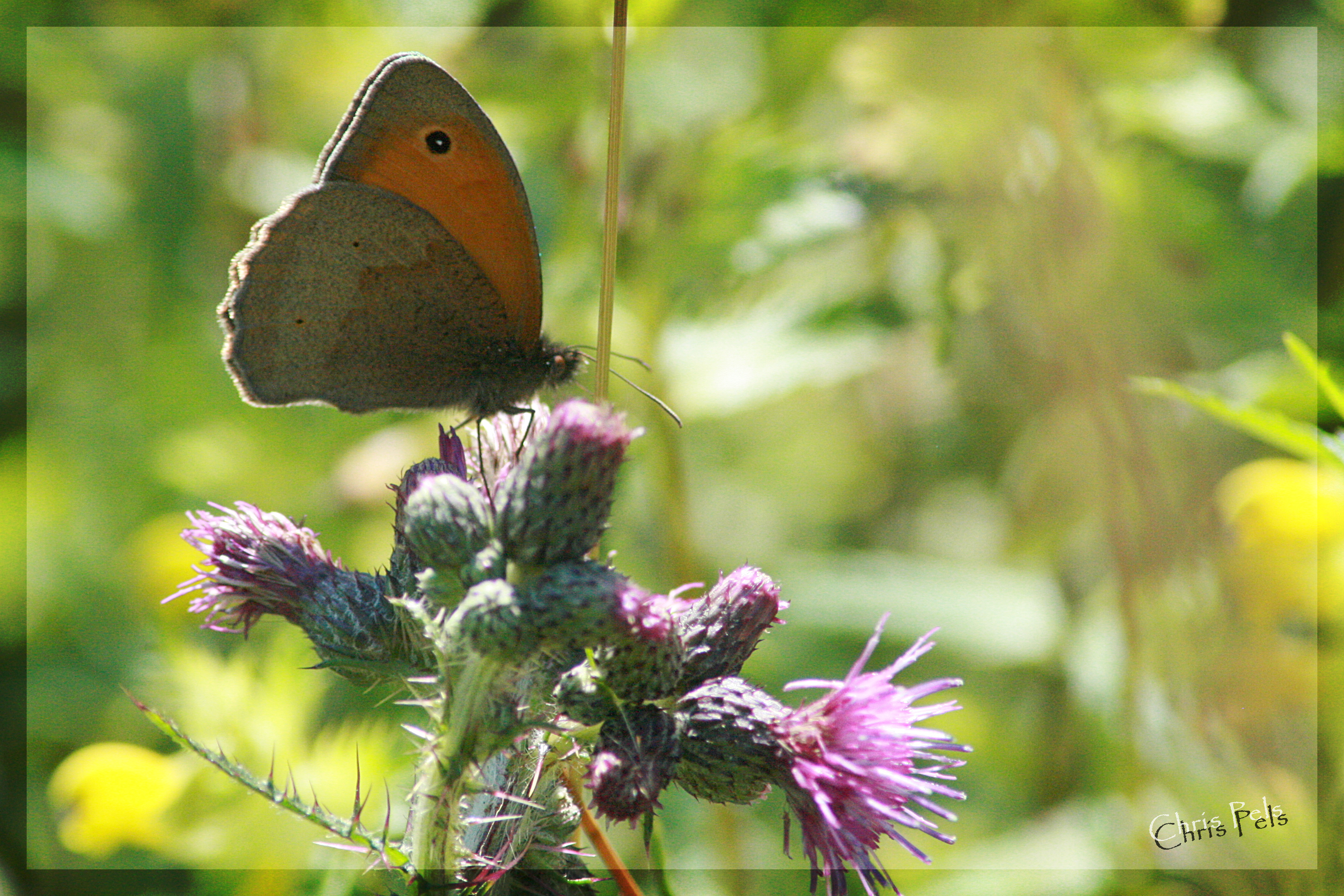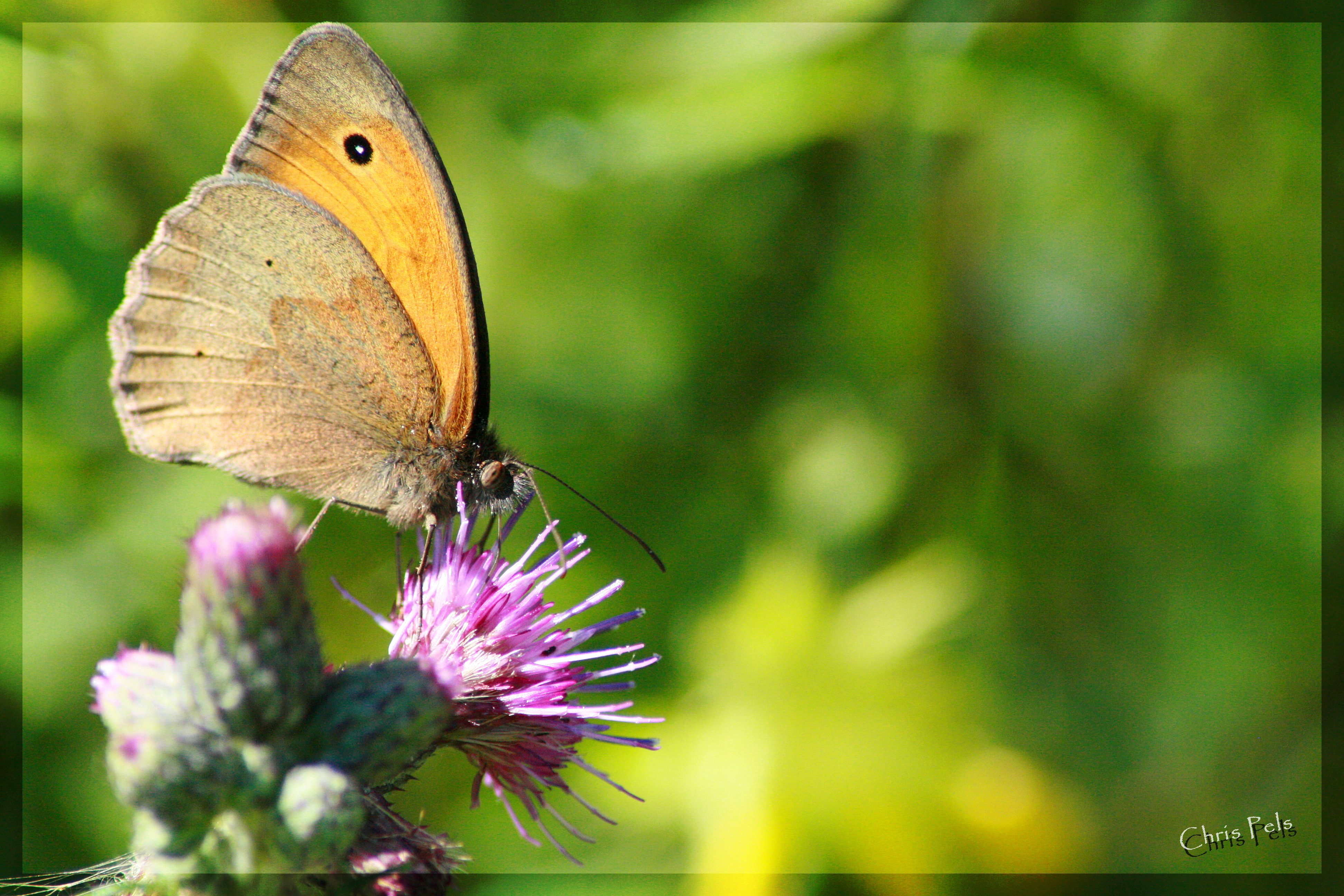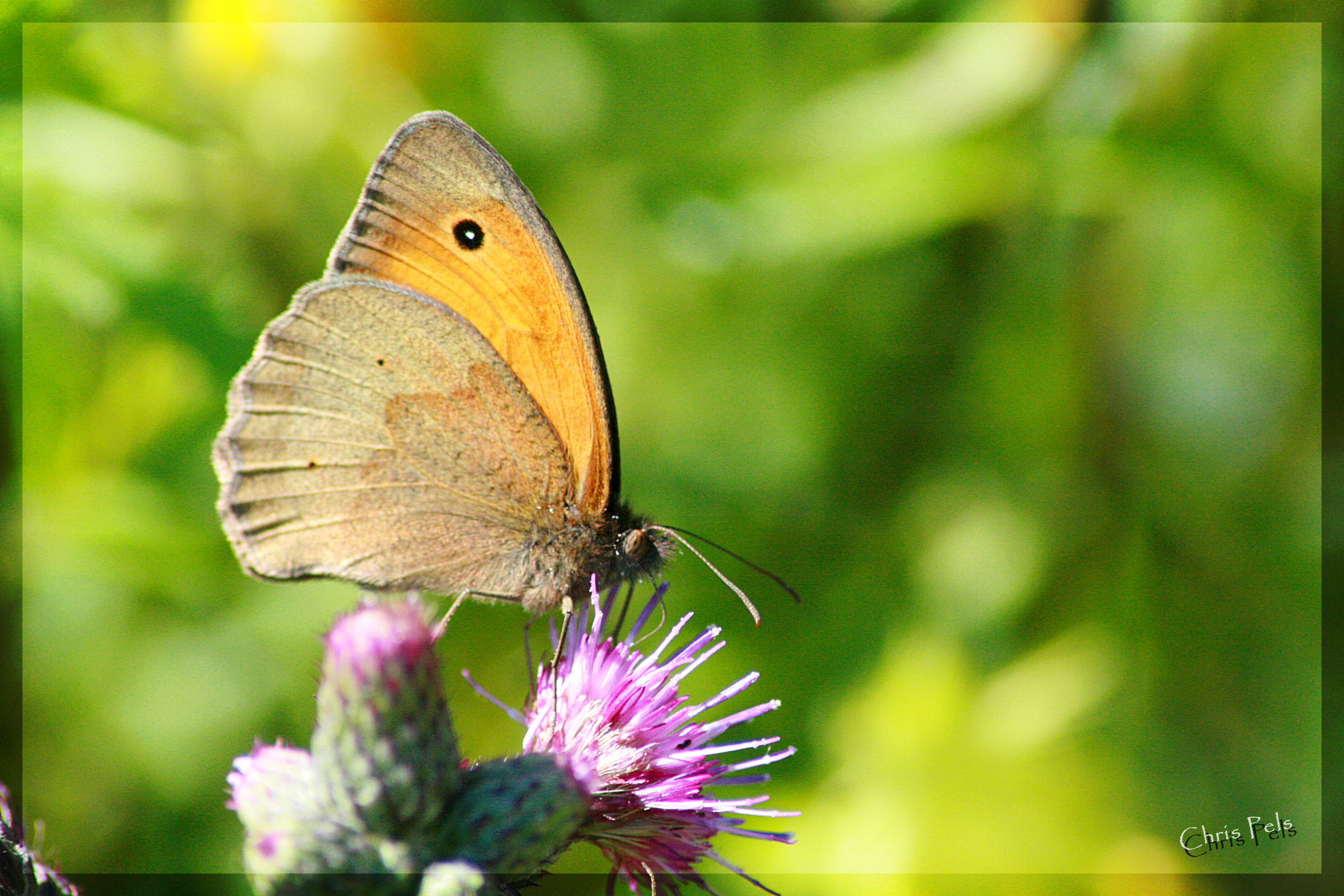MACROPHOTOGRAPHY of The meadow brown

There is marked sexual dimorphism in this species. Males are less colorful, with smaller eyespots and much reduced orange areas on the upper forewings. They are also much more active and range far about, while females fly less and often may not move away from the area where they grew up.
Recorded larval food plants include rough meadow grass (Poa trivialis), smooth meadow grass (Poa pratensis), Festuca species, bents (Agrostis species), and cock's-foot (Dactylis glomerata), false brome (Brachypodium sylvaticum), downy oat-grass and Helictotrichon pubescens. Less specific records of Poa, Bromus, Festuca, Milium, Brachypodium, Lolium, Avena, Alopecurus and Anthoxanthum.
Adults feed on nectar from a wide spectrum of plants including Centaurea, Cirsium, Leontodon, Erica, Rubus, Heracleum, Eupatorium, (sensu lato) Origanum, Senecio, Scabiosa, Succisa, Ligustrum and Filipendula.






Hi! I am a robot. I just upvoted you! I found similar content that readers might be interested in:
https://everipedia.org/wiki/Meadow_brown/
Downvoting a post can decrease pending rewards and make it less visible. Common reasons:
Submit